Landscaping site is a complex and time-consuming process that requires great effort and fantasy. First of all, it is necessary to choose interesting and unusual plants, with which you can create bright compositions, live swelling and flower beds.
Alternatively, you can use the Kiznicker, and more precisely its most popular view - the Kiznicker is brilliant. This plant is characterized by special unpretentiousness and rather decorative appearance. The foliage of the brilliant brightness is especially bright, which in the summer has a bright green color, and in the fall acquires a purple color. Putting such a plant on its site, you can create unusual and unique compositions and garden hedges. And this, in turn, will become a decorative decoration of the household site.
In this article we will consider more details and describe the Kizilnik Brilliant, and also learn its popular forms. We note the main nuances of agrotechnology growing of this culture.
Features and description of the brilliant kizilnik
The Kiznicker is brilliant is a leaf falling shrub that has a rather dense crown and easily trimmed. The caticker belongs to the large family of pink. Eastern Siberia is considered to be the birthplace of this decorative shrub, but in nature this plant is already quite rare. On the territory of Siberia, a brilliant brilliant can be found in the thickets of shrubs, as well as in the undergrowth.
The name of this culture was given by the Swiss scientist-Botany Kaspar Baugin. It consists of two parts, the first of which "Cotonea" denoting "Quince", and the second "ASTER", translated from the Greek "having a look similar". Simple words, the Kizven is a plant, very similar to Quince. The similarity of these two crops is dictated by common features of the leaves of some species and varieties.
Also, it is worth remembering that the dogist and the Kizlist are completely different plants. Edible berries can be obtained only when critting.
Description of the Kizilnik brilliant:
- The Kiznicker is brilliant is an average height leafy shrub, although many species of the same family refer to evergreen cultures and can delight with their beauty throughout the year.
- The shrub of the plant is formed by reprehensive stems, which are very tightly located to each other.
- Young shoots are covered with a small fluff, which disappears as the plant groves.
- In the height of the brilliant Kisser can reach the maximum as possible.
- Crown is very magnificent and thick, richly covered with small leaves of ovoid or oblong shape.
- Little leaves, on average, can reach from 2 cm to 6 cm. The surface is smooth and brilliant, hence the name of the species - the Kiznicker is brilliant.
- One of the main decorative features of the Kizilnik brilliant is its foliage, and more specifically the color of its leaves. In the summer they are dark green, and in the fall become reddish or purple.
- Flowers shrub in Mae month small flowers of white or pink. which can be located single or collected in busy or palate inflorescences of 6-12 colors.
- The blossoms of the brilliant brilliant lasts for a month.
- Fruits on this shrub appear 4 years after landing. They are also the decorative value of this culture. In the fall, a shrub with purple leaves and black glossy fruits looks very interesting.
- The fruits of the Kizilnik shiny spherical shape of black color, ripen in early September and hold on branches to the most frosts.
- This plant is distinguished by rapid growth and long-term. It is great for creating live elevations that take any shape and transport pruning well. In one place, the shrub can grow over 50 years.
- The homeland of the brilliant brilliant is the territory of Siberia, so it perfectly transfers our frosts and cold. For this reason, it is so loved by landscape designers and gardeners.
Popular views and varieties of the Kizilnik
The Kiznicker brilliant is widespread in Russia, but in nature it is very difficult to meet it, it is listed in the Red Book. Often to one of the forms of this species, a caticker is a black-rink and caticker ordinary, as well as a caticker horizontal. However, in most sources, these cultures refer to independent species. Let us briefly consider the features of the most popular species of the Kizilnik on Roven with brilliant in Russia.
Cysticker black-free
- The natural area of \u200b\u200bhabitat of this plant is the territory of the Caucasus, part of Siberia, as and a brilliant Kizilnik. It is found at Central Asia and in Northern China.
- Like the Kiznicker brilliant, this shrub reaches a height of 2 meters as much as possible.
- Stems shrub tightly arranged each other, have a slightly reddish tint.
- Leaves are also small up to 6 cm long, dark green.
- Flowers of pink color, on a shrub are located aisid inflorescences consisting of 5-12 small flowers.
- Under the conditions of cultivation and growth, this plant is very similar to the Kiznik brilliant, so it is great for our harsh climate.
- The only difference between the Chernopalic Kinselnik - this is its edible fruits.
Cysticker ordinary
- Pretty widespread in our country, the natural habitat is the territory from the North Caucasus to the Baltic States.
- This shrub loves to grow on the slopes of the mountains and on sandstones.
- Like the above-described shrubs, height can grow up to 2 meters as much as possible.
- Young shoots are covered with a small flush, which adds similarity with the Kiznicheskom brilliant.
- The shrub is formed by pretty densely located branches, which create a compact and rounded crown.
- Leaves are oblong, small size. For a long time, an average can reach 5-6 cm.
- Flowers in small gentle pink flowers.
- Difference from the brilliant pick-up is the color of the fruit - it is red.
These kinds of the cylinder have very similar features with a brilliant Kiznic. This also applies to the shape of the shrub, the size of the foliage, size and color of the colors. Therefore, quite often all these shrubs refer to one type.
Brilliant brilliant breeding: The most common ways
If you wish, you can easily grow a brilliant brilliant on your own site. This culture is multiplied with a large number of ways, so it is easy to choose a convenient for everyone. For this type of leafy shrub, the following methods are characteristic of: seed reproduction, shilling, the division of the bush and reproduction with the gifts.
Seed reproduction
- This method is very rare, as the brilliant brilliant seeds have a very low percentage of germination. And the likelihood that you will get high-quality planting seedlings are very small. Seed reproduction is used mainly in selection.
- First of all, it is necessary to prepare the planting material of this plant. For this, after the full ripening of fruits on the shrub and must be collected. Try to collect more fruits, as the germination of seeds of this culture is very low.
- Further, the fruits need to be slightly graft, and then carefully separate the flesh from seeds.
- After that, all seeds need to rinse and leave in water. All overlap seeds remove, they still will not give a good harvest.
- The rest take out of the water and lay out on a dry surface for drying.
- Next prepare the container, mix the seeds with peat and sand and moisture well. After that, the container must be placed in the refrigerator at 0 degrees for stratification. This process will last until spring.
- In the spring, after the snow, stratified seeds can be soiled directly into open ground, after preparing a landing space. Seeds are seeded in beds that need to be made at a distance of 15 cm apart.
- Close seeds of the brilliant brilliant seeds and in the prepared containers. Previously need to fill the soil mixture, consisting of peat and sand. Seven seedls can be planted in open soil in the spring.
- However, you should not wait for uniform and good seedlings to shoot, at best you will receive 60% of the total seed. In addition, fruiting can begin only 4-5 years after landing.
Pencornia reproduction
- This method is easier and widespread and allows you to get a higher result.
- Kiznicker brilliant can be multiplied with green cuttings and worn cuttings, which are harvested at different times.
- Green cuttings for breeding must be harvested in the second half of June. On the shrub, select the strongest and flexible shoots that need to be cut 10-15 cm long. The main thing is that the planting material is at least 2 interstices.
- Warring cuttings should be harvested at the end of autumn. For this, strong and healthy shoots are also selected. Before spring, they are binding and stored in the basement. In the spring, the cuttings need to cut 10-15 cm long long. Make sure that each cutter has 2-3 kidneys.
- Before boarding the planting material, it is necessary to be treated with a special solution of the stimulator of the rooting agent, for example, rhoin. Keep the planting material in the container with the solution is needed during the day.
- To rouded the cuttings is needed in a greenhouse or greenhouse. You can also cover the plain seedlings with a regular film.
- Before disembarking, prepare the soil mixture, which should consist of fertile soil, peat and sand.
- The cuttings are rooted at an angle of 45 degrees, it is necessary to plunge about 5-6 cm.
- Further care for cuttings consists in regular watering with warm water, the soil loaning in the planting material and ventilation of the greenhouse. After rooting, the seedlings must be transplanted into the open ground to the selected place. It should be remembered that even with a staring, the percentage of obtaining a strong and healthy planting material is 30-95%. Therefore, caring for cuttings should be very careful and attentive.
Reproduction of the division of the bush
- This is another way of reproduction of the brilliant brilliant, which is easy to apply independently on its plot. For him, you need at least one bush plant.
- Conduct the division of the bush of the brilliant brilliant time in the spring time, until the appearance of the kidneys.
- Take an acute shovel and carefully remove the shrub from the soil, try not to damage the root system of the Kizilnik shiny.
- Sharpen the root system of the kizilnik to the desired number of parts, the main thing is that each decene has young roots and kidneys.
- Prepare landing pits for young plants, pour the drainage layer and fertile soil.
- This method is most often used during a transplant of an adult plant or its update.
Reproduction by chains
- This way to multiply a brilliant brilliant is quite difficult, most often they determine the creeping shape of the kizilnik. But you can still try.
- In the spring, you choose the strongest and flexible shoots on the shrub, it is better to give preference to the lower wins.
- Around the shrub, dig a small grooves and carefully hurt them selected shoots.
- Pour them with soil, leaving only the top of the branches.
- Care for grains consists in watering and weeding.
- At the end of summer and the beginning of the fall, with sufficient rooting of the junction, young shoots can be disconnected and planted on the selected area.
Stages of training before landing a brilliant brilliant
To obtain a beautiful and decorative shrub, it is necessary to make a slight effort and carefully prepared. It is important to cook high-quality and healthy caticarian saplings, as well as invent a landing plan and find the most optimal plants on the site. With proper adherence to all rules, you will get a beautiful plant that will certainly decorate your site.
Stage 1. Selection of planting material
- The choice of seedlings of the brilliant brilliant will become the key to getting a beautiful shrub.
- Saplings can be obtained with the help of green and worn cuttings, rooted in a greenhouse.
- An easier way to buy a Kisser is brilliant in a specialized store or agrofirma, which are professionally engaged in breeding various plants.
- When buying, you will definitely carefully inspect the seedlings. On young plants should not be visible damage and signs of the presence of pests and diseases.
- If you buy seedlings in containers, pay attention to the soil in them. It should be clean and wet.
- Before buying, consider the composition that in the end you want to get on your site.
- The Kiznicker brilliant is best to plant in an open ground after a leaf fall in the fall, so buying seedlings are best with a closed root system so that the roots do not dry. Saplings in containers can stand up to the landing time you need. Plants with open roots are best acquired immediately before landing.
Stage 2. Selection of Places for Landing
- The Kiznicker brilliant prefers to grow at sunny areas, but it will feel great in the shade perfectly.
- Select the place on the site, which is protected from strong winds and drafts.
- It is important that the groundwater lighten is deep enough, since the root system of this culture does not endure the excess moisture.
- Choosing a place to land a brilliant brilliant will be directly dependent on the landscape design you need. This plant can be planted along the garden paths as a curb, also the perfect Kizystnik is suitable for creating alive hedges.
- You can choose a place on the background of a lawn for a single landing of the brilliant brilliant.
- Alternatively, highlight this shrub place among other plants of both decorative and blooming.
Stage 3. Choice and soil preparation for landing
- The Kiznicker is not very demanding for the composition and fertility of the soil.
- Before boarding, it is important to carefully switch the plot selected for planting the seedlings of the brilliant brilliant. Treat the soil is needed by about two bayonet shovels.
- During loosening, you can add some peat and sand, as well as overworked.
- Dropping soil is possible for a while before landing. If you plan the seedlings in the spring, then the soil prepare in the fall. If the landing is autumn, then the processing of the site is carried out in the spring. Before the process of planting the Kizilnik, the soil is once again fried and levels.
Shiny Kizilnik Landing Technology
- The Kiznicker brilliant is best to plant in the open soil in the fall after the leaffall, although the spring fit is allowed.
- Before the landing, once again thoroughly shove the soil, if before that you spent the spring processing of the selected area. If this process was not carried out, then the place must be switched and dissolved.
- Acquired Kizylnik's seedlings brilliant to containers must be pouring into water so that it is later carefully removed.
- On the selected area, prepare landing pit for planting and soil mixture. Landing pits should be 50 cm deep and 50 cm wide. It is also important to adhere to a certain distance between the Kizilnik bush. It should be about 50-200 cm depending on the landing plan. The soil mixture for landing should consist of peat, turf and sand, you can also add overworked manure and lime.
- At the bottom of each pit, be sure to add a layer of 20 cm drainage to prevent water stagnation at the root system of the plant. As a drainage, you can use broken brick, gravel or clay.
- On the drainage layer, push the slight slide of the prepared soil mixture.
- Carefully remove the seedlings of the Kizilnik shiny of the containers and place them in the landing pits.
- Carefully pour into the soil seedlings, watch the root neck to be strictly at the level with the surface of the soil.
- Press the soil with your hands a bit and plenty.
- After watering, the rolling circle of each plant can be closed with a dry peat or bark of trees.
- When landing a live bleeding from a brilliant pick-up, it is necessary to dig no holes, but one trench.
Agrotechnology growing a brilliant brilliant: secrets and nuances of care
Full growth and plant development depends on your attention to it. The care of the Kiznicker is brilliant in timely and regular watering, loosening and mulching of the soil, as well as correctly pruning and protection against pests and diseases. Consider all more details.
Watering
The Kiznicker is brilliant not demanding to moisture, most often watered you need a young plant. This will contribute to a better rooting of the shrub. In the future, watering is reduced and moisturized the soil around the plants as needed. Increasing the amount of water, the Kizylnik shrubs require in a period of strong droughts and heat.
Loosening and mulching
Periodically, after irrigated, the soil in the rich circle should be loosened for saturation with oxygen. During this process, all weeds are removed that interfere with the growth of the plant. To reduce the amount of loosenings and irrigation, it can be pulled in a rolling circle. As a mulch, use a dry and pure peat or wood bark.
Podchar
- During the landing of the Kizilnik shining in the landing pit, lime and overwhelmed manure are added.
- Before active vegetation, each plant needs to be presented with nitric fertilizers, for example, urea.
- Later in the middle of the summer, the Kizylnik shrubs can be filing with potash and superphosphate fertilizers.
Brilliant brilliant trimming
- Kiznicker brilliant grows very quickly, so trimming is an integral part of the care of this plant.
- At any time of the year you can carry out sanitary trimming, during which all damaged and dry shoots are removed.
- An adult plant sometimes requires a rejuvenating trimming, which is carried out in spring time before the advent of the kidneys.
- The main trimming is formative, which is also carried out in spring before the start of active vegetation. During this trimming, the shrub can be given absolutely any form: a ball, a square and any intricate geometric shapes. During trimming, you need to take sharp scissors and remove a third of the growth in annual shoots.
Fighting diseases and pests
The Kiznicker is brilliant with resistance to various diseases and pests. However, occasionally this plant also needs your protection.
Pests:
- Cute tick. This pest is manifested by a thin cobweb on the leaves and the stalks of the plant. To combat it, you can use special preparations, such as "Aktellik".
- Aphid. Signs of the appearance of this pest are wrinkled and faded leaves. Insecticides can be used to combat.
- Mole. Also, sometimes can attack the Kisser. For the struggle, you can use special preparations: "Rogor", "Corobos".
Diseases:
- Fusariosis. This disease is most often found at this plant. Parts of the plant begin to heat up, which can lead in full shrub death. It is definitely important to remove all the affected parts and process the entire plant by fungicides.
Shelter for winter
The Kiznicker is brilliant is a steady plant to our harsh frost and winter, so no particular shelter is required.
Using a wildlife brilliant in landscape design
- The Kiznicker is brilliant is a favorite plant from landscape designers, because of it you can create the most incredible and beautiful garden compositions.
- This shrub is great for creating a living hedge.
- It can be used for framing borders and garden tracks.
- Fine this plant looks in single landings on the background of a green lawn.
- You can easily combine the caticker brilliant with other plants.
Stock Foto Kizilnik shiny in landscape design
You can more clearly see all the features and options for using a brilliant brilliant design in the landscape design on the photos proposed below.
A brilliant caticker is an excellent decorative plant, which, with proper care, will become an indispensable decoration of your site.

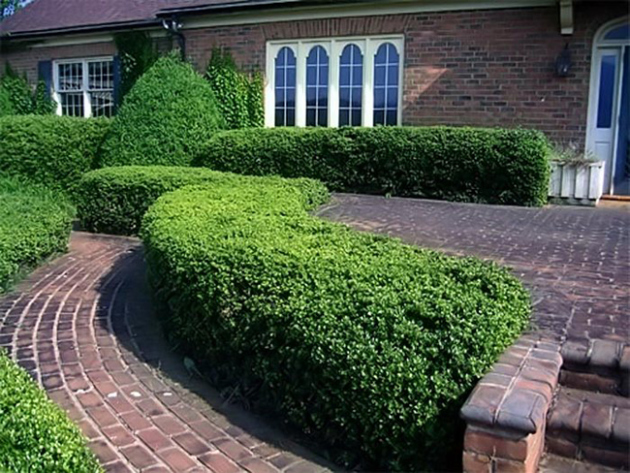
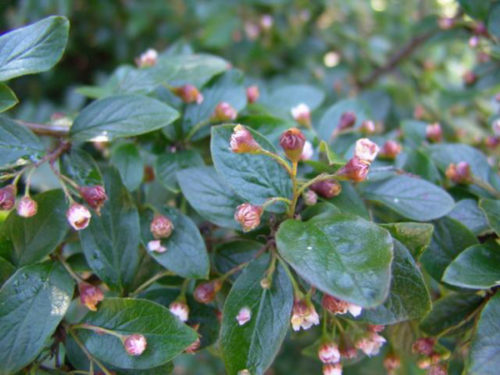
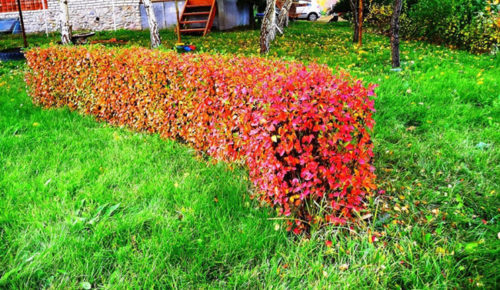
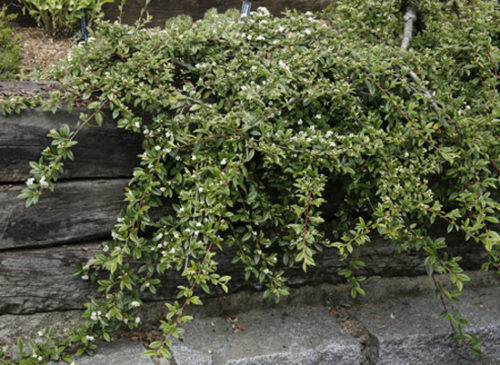
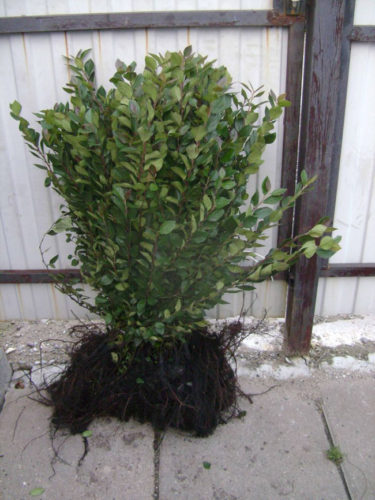
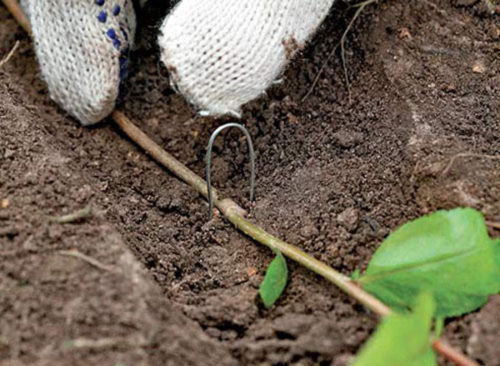
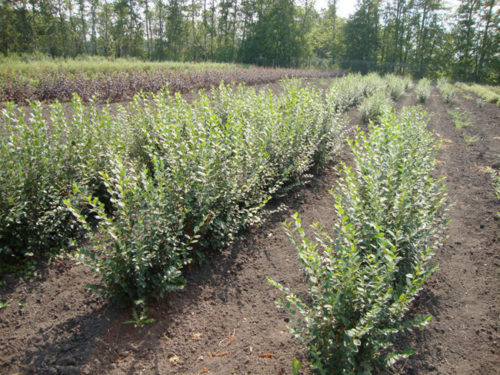
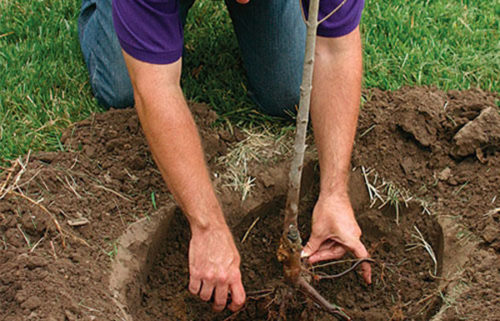

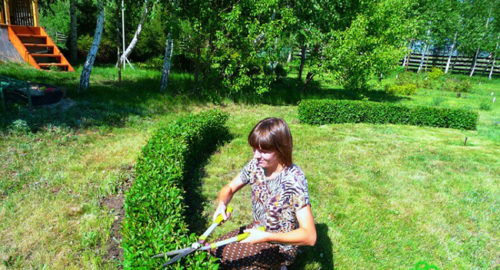
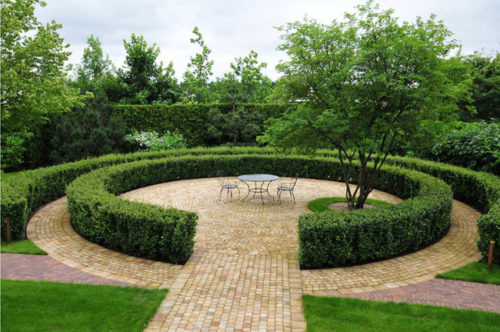
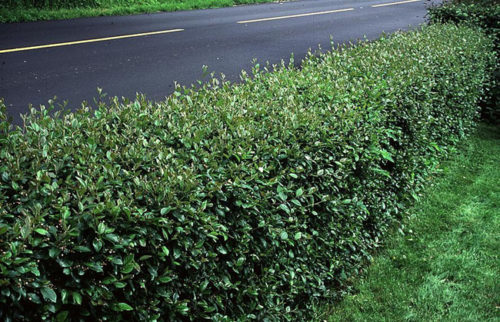
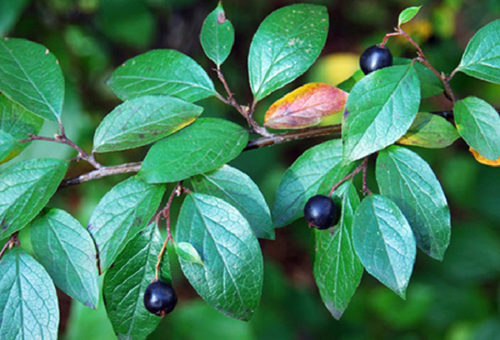
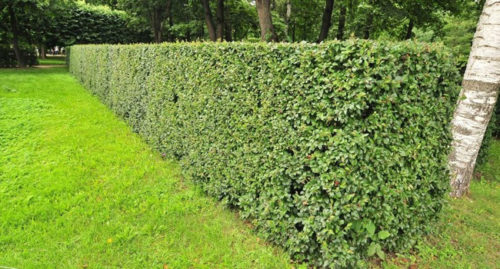












 Start a discussion ...
Start a discussion ...